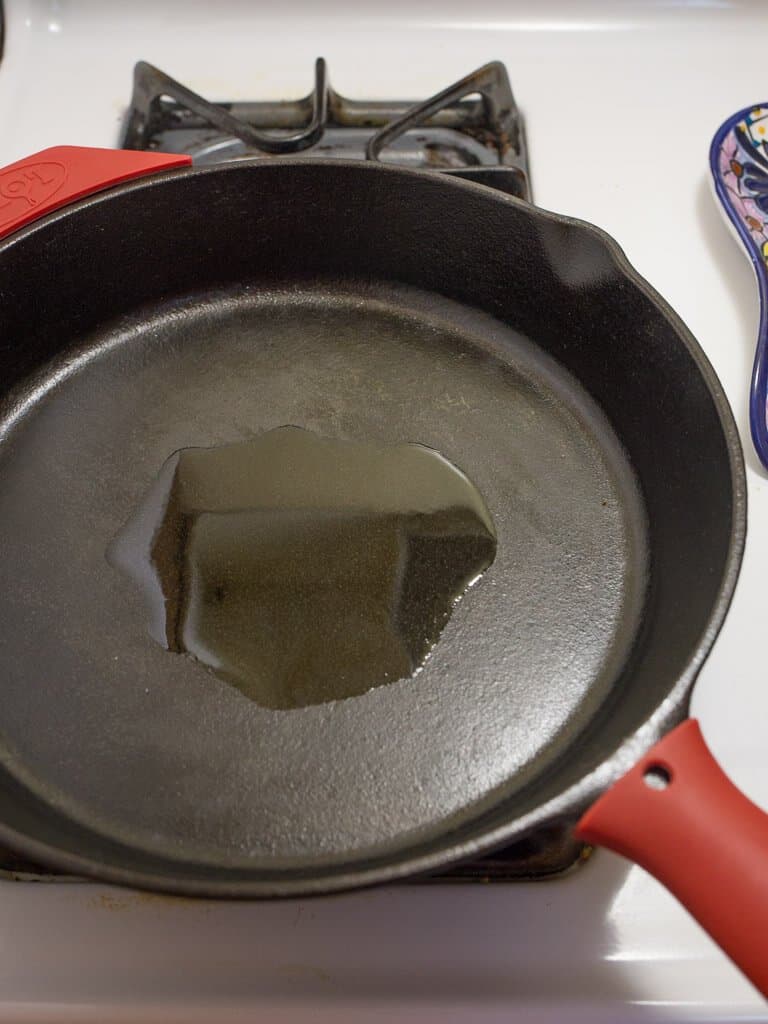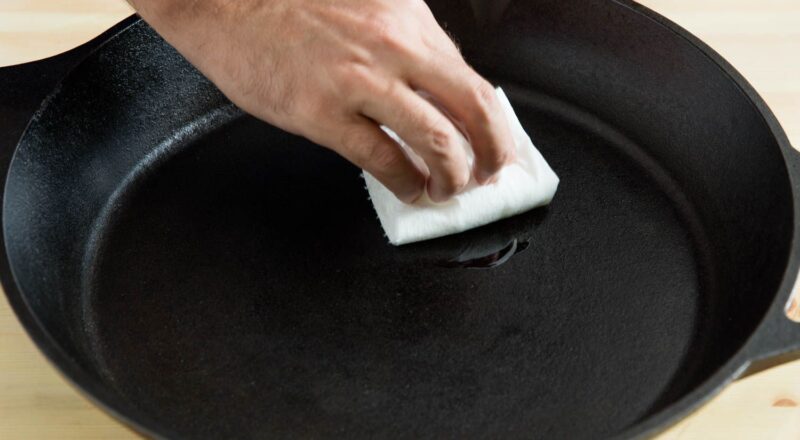Seasoning a cast iron skillet can seem daunting, but with the right tips and techniques, it becomes an easy and rewarding process. Our focus today is on how to season cast iron with avocado oil, offering a healthy and effective method for maintaining your favorite cookware.
:max_bytes(150000):strip_icc()/How-to-Season-Cast-Iron-Skillet-3x2-1-bcd280f1703e47e0a59bb62e86a0d53a.png?keyword=how to season cast iron with avocado oil)
Why Choose Avocado Oil?
Avocado oil is a superb choice for seasoning cast iron. It has a high smoke point, meaning it can withstand higher temperatures without breaking down. This makes it ideal for creating a tough, non-stick surface on your skillet that is easy to cook on. The health benefits are an added bonus!
Health Benefits of Avocado Oil
Avocado oil is rich in nutrients, including vitamin E and healthy fats. These components can improve your overall diet and lifestyle. Additionally, using avocado oil means you avoid many harmful additives present in other seasoning oils. For those looking for a healthier alternative, avocado oil is a perfect choice.

Steps to Season Your Cast Iron Skillet
Now let’s get into the steps for seasoning your cast iron with avocado oil. It’s a straightforward process, but attention to detail is key.
Step 1: Clean Your Skillet Thoroughly
Before seasoning, make sure your skillet is clean. Use warm water and a mild soap to remove any residue. If your skillet has rust, refer to our guide on how to re-season cast iron.
Step 2: Dry Your Skillet Completely
One of the most important steps in seasoning is ensuring your skillet is completely dry. This prevents rust and allows the oil to adhere properly to the surface.
Step 3: Apply Avocado Oil
Pour a small amount of avocado oil onto a cloth or paper towel. Rub it onto the entire surface of the skillet, including the handle and bottom. Make sure it is a thin, even layer. Overapplication can lead to a sticky surface.
Step 4: Heat the Skillet
Preheat your oven to 450F (232C). Place the oiled skillet upside-down on the middle rack. Bake it for an hour to allow the oil to polymerize and form a protective layer. It’s a great idea to put a sheet of aluminum foil on the lower rack to catch any drips.
Step 5: Let It Cool
Once the hour is up, turn off the oven and let the skillet cool inside. This allows the oil to set and bond effectively with the surface of the skillet. Once cooled, your skillet should have a shiny, non-stick coating.

Frequency of Seasoning
Regular seasoning is key to maintaining your skillet. Depending on how often you use it, you might need to re-season every few months. If you notice food sticking to the skillet or the surface looking dull, it’s time to re-season.

Cooking Tips for Seasoned Cast Iron
Once your skillet is seasoned, cooking on it becomes a joy. Here are some tips for getting the best results:
Even Heating
Cast iron retains and distributes heat evenly. Preheat your skillet for a few minutes before adding food for optimal results.
Avoid High Acidic Foods
High acidic foods can break down the seasoning. Use your skillet for frying, sauting, and baking instead. For example, you might like to try making a cast iron skillet steak.
Proper Cleaning
After use, clean your skillet with warm water and avoid soap if possible. Soap can remove the seasoning. Dry it thoroughly and apply a light layer of avocado oil before storing.
FAQ Section
How often should I season my cast iron skillet?
It’s ideal to season your skillet every few months, depending on usage.
Can I use other oils for seasoning?
Yes, you can use other oils, but avocado oil is preferred due to its high smoke point and health benefits.
What if my skillet becomes sticky?
If your skillet becomes sticky, it means too much oil was applied. Re-clean it and repeat the seasoning process with a thinner layer of oil.
As an Amazon Associate, I earn from qualifying purchases.

